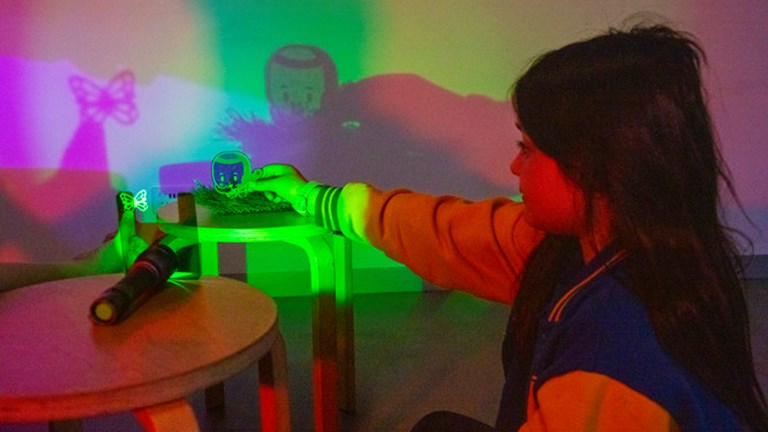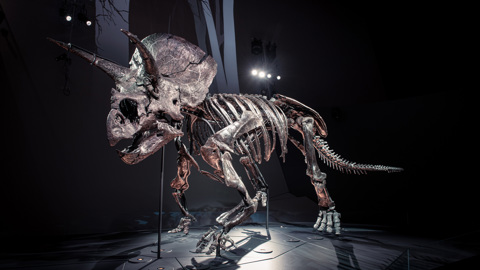What's cooking Sun?
Suitable for Year Levels 2-4
Light is a form of energy that has many uses. One of the ways we can make use of sunlight is to make a solar oven. A solar oven can be made from cardboard and other simple materials. In this activity, students will be exploring different materials and oven designs to make a solar oven that can cook a cheese toastie. The science behind heat transfer and light absorption will help students make an effective, useful working oven.
Heat transfer
Heat can travel in three different ways. One way is by conduction. Conduction is when heat is transferred by a flow of heat from one object to another by contact. For example, the heat of a frying pan transfers the heat to the food, touching the inside of the frying pan. Another way heat can be transferred is by a flow of heat caused by the movement of a liquid or a gas. An example is the heating water in a kettle or a pot. The molecules that make up the water rise and spread around the kettle or pot. The third way heat can be transferred is between objects that are not touching called radiation. Examples include feeling the heat from the hot Sun or feeling the heat from a campfire. Heat always flows from the hotter object to the cooler one until they are both at the same temperature.
Light is a form of energy
Light is a form of energy. Dark coloured objects absorb more light energy and heat up faster. White, shiny and smooth objects reflect more light and absorb less light energy. These objects do not heat up as much as dark coloured objects.
Students should research the design of solar ovens for design ideas.
Suggested materials
- Foam
- Cloth
- Aluminium foil
- Box
- Black paper
- Scissors
- Glue and tape
- Ruler
- Thermometer
- Oven mitten
- Scissors
- Pencil
- Food to cook or melt like chocolate or cheese toastie
- Thermometer
- Shiny silver cardboard
- Plate to place food
Hints and factors to take into consideration
- You will need a box to make the frame of your oven
- You will need to think about how the sunlight will get into your oven to heat it.
- How will you get the most sunlight into the oven without making the heat escape?
- What colour plate should you use to place the food onto?
- Should you paint the inside of the box? Why? Why not?
- How can you reflect more sunlight into your oven?
- How will you measure the temperature of your oven?
- What will you try to cook or melt with your oven? (do not cook meat)
- Do some research on solar ovens before you begin to design your design.
- Plan your design before you begin.
- How could you modify your oven to increase the temperature in the oven?
Warning!
Make sure you use the oven mitten to ensure heat is not transferred to your hand by conduction!
Curriculum links
- Chemical sciences
- Design and Technologies
- Physical sciences








